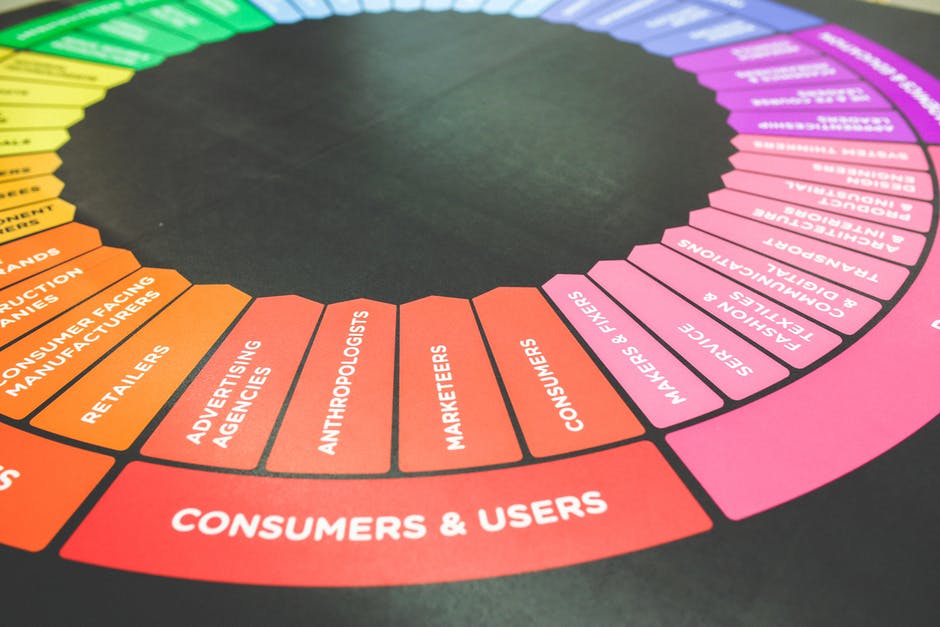“Even when you are marketing to your entire audience or customer base, you are still simply speaking to a single human at any given time.”
Ann Handley

Three Ways To Get Closer To Your Customer
Marketing plays a key role in supporting sales, especially when it comes to nurturing customer relationships. But, often, there’s conflict between marketing and sales, and they don’t always work in tandem. As a result, organizations miss key marketing principles that, in the end, affect the customer, says marketing expert Andy Slipher.
In this issue of Promotional Consultant Today, we share Slipher’s three steps for incorporating marketing into your sales process.
1. Understand what marketing is and what it is not. Marketing is not simply media. It’s not cheap or cheesy gimmicks designed to get the attention of your customer. Rather, proper marketing is anything you do in good faith to get your product or service into the hands of the customer. The breadth of marketing spans the entire buying cycle, and beyond. As such, effective marketing involves planning, investment and understanding of the needs of your customer. Think of it as everything else that wraps around your sales approach (in front of, during and beyond) to ensure that the customer has a positive and persuasive experience.
Effective marketing involves planning, investment and understanding of the needs of your customer. For example, what if, by asking your business-to-business customer, you learn that he or she will have to champion your business and product to others within his or her organization? What do you do? It’s not feasible to be at every internal meeting. You might instead think in terms of clear, succinct messaging and professional materials to leave with your customer—ones that upon initial presentation could be used by others with an adequate degree of confidence and knowledge. This is one possible marketing tool. But, it begins by discovering and understanding customer’s own mindset, needs and buying process.
2. Embrace the visual. Effective salespeople are generally great at the verbal aspect of selling-persuading with words. However, virtually all customers today also rely upon and expect the visual. For example, who would have thought 20 years ago that we could manage a significant part of buying a new home by taking virtual home tours from anywhere? Yet, this is the world we now live in, thanks to technology. The lesson is that people are now accustomed to buying only what they can see. It’s a studied fact that people generally remember only 20 percent of what they hear, but up to 50 percent of what they both hear and see. Therefore, the more you can help them visualize what they are buying (even if what you sell is a service), the greater your odds of success. How could you improve upon the visual beauty of what you sell? What objects, models, graphs, photos, maps, videos, tables or illustrations could you use to better persuade? What is both practical and effective? Ask your customers what they want to see, then turn to your marketing team for help.
3. Integrate your process. Have you identified and broken down your sales process? What is the first thing you do? How does your process both move the sale forward and serve the needs of the customer? These are wider questions beyond, “How do I get more chances in front the customer?” Yet, by asking such questions, you can integrate a wider range of tactics into your sales process that work toward a common goal. For example, rather than focusing on getting a sales call first, what about an approach that begins with having a wider conversation with prospective customers about their needs and challenges? How would you ask such questions? Would you engage with them around a common issue through social media? Would you mail them an old-school letter? Would you offer a free lunch-and-learn session? Would you make a gratis overture to solve a relevant problem in order to build even more goodwill and trust? This opening up of the sale to a larger process engages a marketing mindset. It integrates your everyday sales tools with a broader set of options that work together for better outcomes.
Even if you are deep in a sales-centric organization, strategic integrated marketing is a key step in amplifying a clear, consistent and compelling message to your customer.
Source: Andy Slipher is founder of Slipher Marketing, a consultancy where strategy comes first, followed by tangible marketing results. He is an accomplished strategist, interim CMO, speaker and writer on marketing strategy. He is a marketing lecturer for SMU’s accredited Bank Operations Institute for professional bankers, and for the Independent Bankers Association of Texas (IBAT). Slipher is also the author of The Big How: Where Strategy Meets Success.
Compiled by Cassandra Johnson/PCToday



